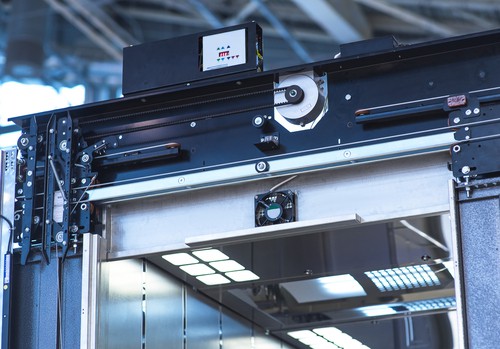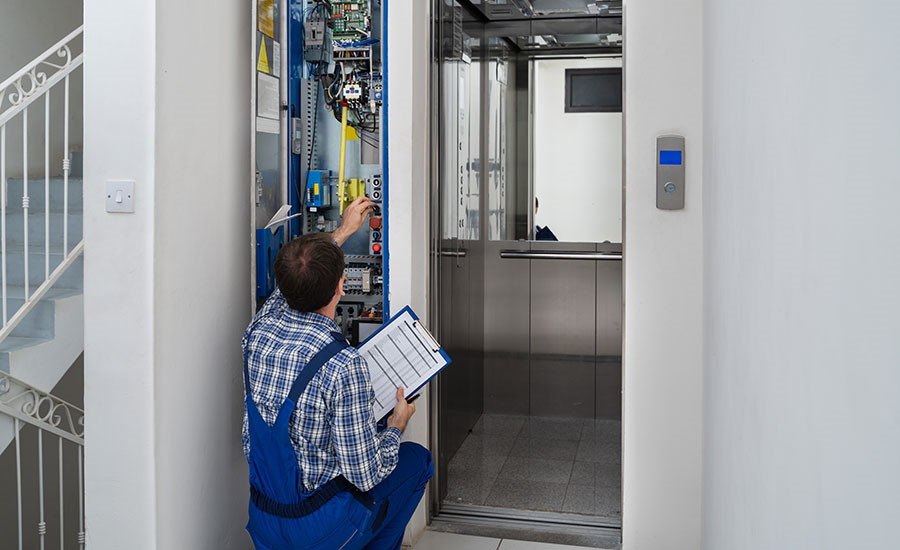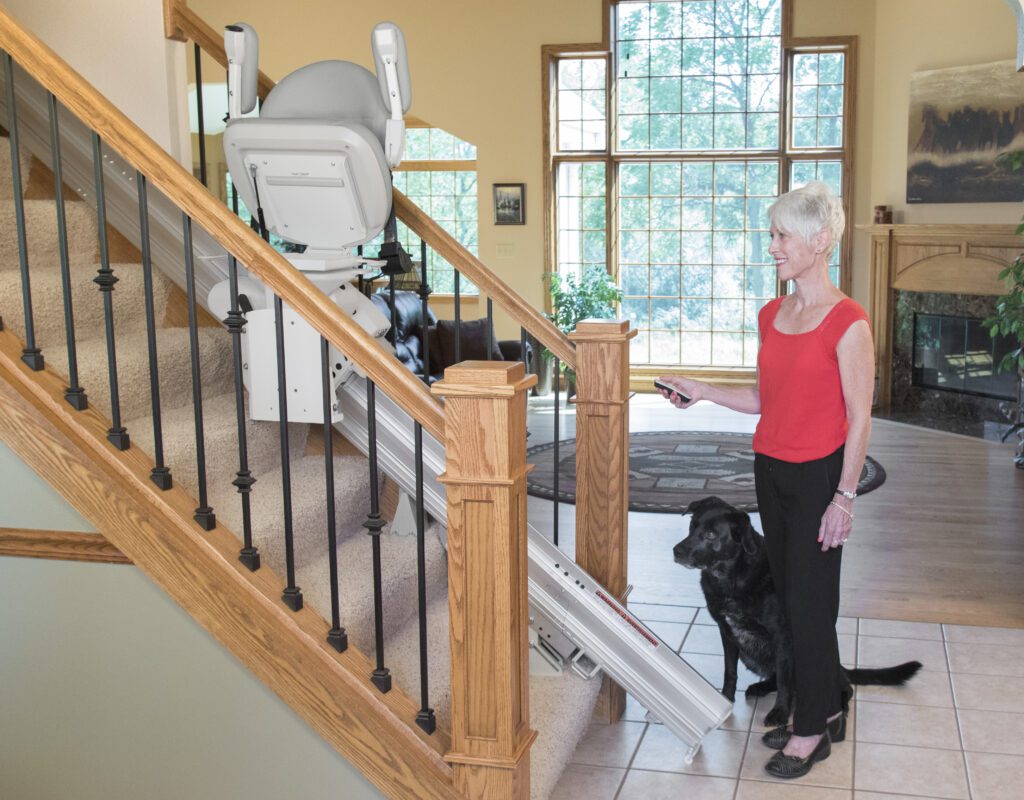Lift Maintenance Repair Specialists: Expand the Life of Your Lifts
Wiki Article
Pro Tips for Keeping Your Lift in Top Condition: A Comprehensive Review
Guaranteeing the ideal functioning of a lift system is essential for a risk-free and reliable operation in numerous settings, from industrial warehouses to industrial structures. By sticking to a structured upkeep regimen and preemptively resolving possible issues, lift proprietors can minimize expensive downtime and safety hazards.
Importance of Routine Maintenance
Normal maintenance of your lift is crucial to ensure its ideal efficiency and long life. By adhering to a routine upkeep schedule, you can identify and resolve potential concerns prior to they escalate right into pricey fixings or unforeseen downtime. Routine maintenance jobs such as lubricating relocating components, checking for damage, and examining hydraulic systems can help stop breakdowns and ensure risk-free procedure.Ignoring routine maintenance not only compromises the efficiency of your lift yet likewise positions safety risks to users and residential property. Parts that are not properly kept may stop working unexpectedly, bring about mishaps or damages to the lift itself. In addition, dealing with concerns early on through upkeep can prolong the life-span of your lift and minimize the probability of major malfunctions.
In addition to boosting safety and performance, routine maintenance can also conserve you cash in the long run. By spending in preventive maintenance procedures, you can stay clear of pricey repairs or replacements that may develop from disregarding the maintenance of your lift. On the whole, prioritizing regular maintenance is important for maximizing the functionality and durability of your lift system.
Top Components to Examine

In addition, pay close attention to the lift's safety and security attributes, such as emergency quit buttons, safety sensors, and interlocking systems, to guarantee they are functioning properly. Regularly inspect the lift shaft for debris or obstructions that can impede the movement of the lift auto.
Proactive Fixing Methods
When encountered with potential lift system issues, embracing aggressive repairing techniques can substantially boost functional performance and prevent costly downtime. One of the essential positive repairing strategies is to routinely check and evaluate lift efficiency data. By tracking metrics such as lift speed, electric motor temperature level, and energy usage, maintenance teams can identify very early indicators of prospective problems and take rehabilitative activities prior to they escalate. Conducting routine visual evaluations of important components, such as cords, pulleys, and security mechanisms, can additionally help in detecting damage or imbalances that can lead to breakdowns. In addition, executing a precautionary upkeep timetable that includes lubrication of relocating parts, screening of emergency situation brakes, and calibration of sensors can proactively deal with usual lift system issues.Furthermore, purchasing training programs for maintenance team on troubleshooting techniques specific to the lift model mounted can equip them to detect and fix concerns swiftly. By staying in advance of possible troubles with aggressive troubleshooting, lift drivers can guarantee a smoother and much more dependable procedure while minimizing the risk of unforeseen failures.
Vital Lubrication Practices
Applying proper lubrication techniques is essential for ensuring the smooth operation and long life of lift systems. Routine lubrication aids lower friction between moving components, protecting against wear and tear that can cause pricey repair services and downtime. When it involves lift maintenance, adhering to a stringent lubrication timetable is crucial.Choosing the ideal lubricating substance is the initial step in effective maintenance. Various elements www.lift-maintenance-repair.co.uk/ of the lift system might need particular kinds of lubricants, such as grease or oil. Get in touch with the maker's guidelines to figure out the appropriate lubes for each and every part.

Deal with any type of concerns quickly to avoid additional damage and make sure the continued smooth procedure of your lift system. By focusing on appropriate lubrication methods, you can extend the lifespan of your lift and maximize its efficiency.
Security Procedures for Lift Operators
In order to preserve a safe working setting and maintain operational performance, lift operators need to rigorously stick to suggested safety and security methods, together with prioritizing essential lubrication practices for optimum lift efficiency. Security actions for lift drivers are critical to stop mishaps and ensure the smooth functioning of the lift system.Additionally, lift operators should focus on individual protective equipment (PPE) such as safety helmets, gloves, and safety belt when working at heights or taking care of hefty tons. Clear communication amongst drivers, maintenance service technicians, and other personnel is crucial to stop misconceptions that might lead to crashes. Last but not least, drivers ought to stay watchful, concentrated, and prevent disturbances while operating the lift to ensure the safety and security of themselves and others in the location.
Conclusion
In conclusion, keeping a lift in top condition is crucial for guaranteeing safety and performance in operations. Normal upkeep, detailed assessments of essential parts, proactive troubleshooting, proper lubrication methods, and adherence to precaution are essential for prolonging the lifespan of the lift and stopping mishaps. By following these guidelines, lift drivers can make sure the continued performance and safety and security of their tools.By adhering to a structured maintenance regimen and preemptively attending to potential concerns, lift owners can alleviate expensive downtime and safety threats. Frequently check the lift shaft for debris or blockages that could hamper the movement of the lift cars and truck.In order to preserve a risk-free working environment and maintain operational efficiency, lift drivers need to rigorously stick to suggested safety methods, along with prioritizing vital lubrication practices for optimum lift efficiency. Safety steps for lift operators are essential to avoid accidents and make certain the smooth performance of the lift system. Normal upkeep, complete inspections of essential components, proactive troubleshooting, proper lubrication methods, and adherence to safety and security steps are essential for prolonging the lifespan of the lift and stopping accidents.
Report this wiki page